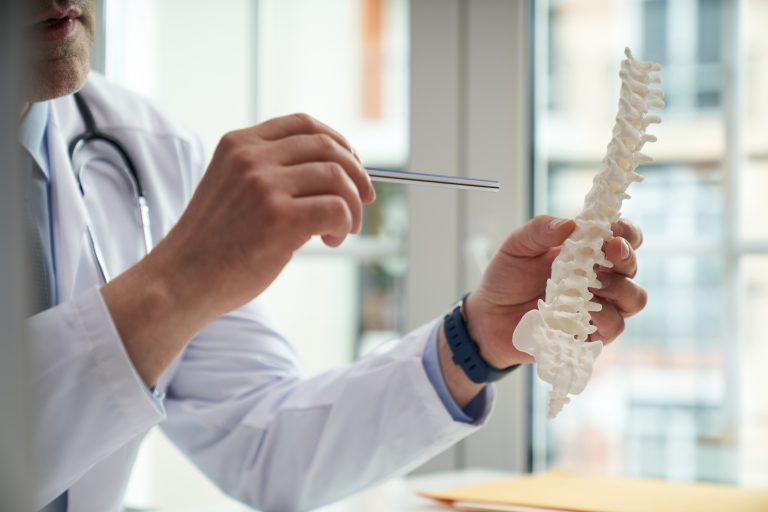An Overview
A bulging disc can affect any part of the spine causing pain and other symptoms that can make enjoying day-to-day life difficult. While a disc bulge in the cervical spine (neck area) is not uncommon, the vast majority of Americans who suffer from this degenerative condition experience symptoms related to a bulging disc in the lumbar spine (lower back area). There’s a fairly simple explanation for why the lower back is more susceptible to a disc injury than other areas of the spine.
The spinal discs serve as shock absorbers for the spine, enduring wear and tear on a daily basis, and the lower back is subjected to more pressure than other areas because it has to bear more of the body’s total weight. This added pressure makes the lumbar spine a more likely candidate for a disc bulge or herniation as natural disc deterioration occurs during the aging process. More specifically, 95 percent of disc problems occur in the L4-L5 segments which are the lowest vertebrae in the lumbar spine.
Bulging Disc Symptoms
A bulging disc occurs when a weakened spinal disc is put under pressure and the gel-like inner core pushes against the outer wall causing it to become misshapen. Many bulging discs don’t produce noticeable symptoms and don’t require treatment. However, if the portion of the disc that has extended past its normal boundaries comes in contact with the spinal cord or adjacent nerve root, a variety of uncomfortable symptoms can appear, such as:
- Muscle spasms
- Localized pain
- Muscle weakness
- Numbness
- Tingling
- Pain and other symptoms that radiate along a nerve pathway to other areas of the body
- Treatment Options
The good news is that a majority of the individuals who experience lower back pain from a bulging disc are able to overcome their symptoms through a targeted treatment plan involving nonsurgical therapies. Physical therapy to build the muscles that support the spine, medications to reduce inflammation, and chiropractic care to help maintain proper spinal alignment are just some of the options that can produce long-lasting results. Losing excess weight, practicing better posture, and avoiding activities that might put undue strain on the lower back are also important if you want to remain pain-free.
What BEST Health System Can Do For Your
If you’ve followed a conservative treatment plan for several weeks or months and are continuing to experience debilitating pain, you may want to consult with your doctor about spine surgery for bulging disc. While open spine surgery has been a common choice in the past, BEST Health System offers minimally invasive spine surgery which is often clinically appropriate and provides many advantages versus open neck or back procedures. If you like to find out if you are a candidate for our outpatient procedures, we’ll be happy to help you!
Contact BEST Health System today for more information.
